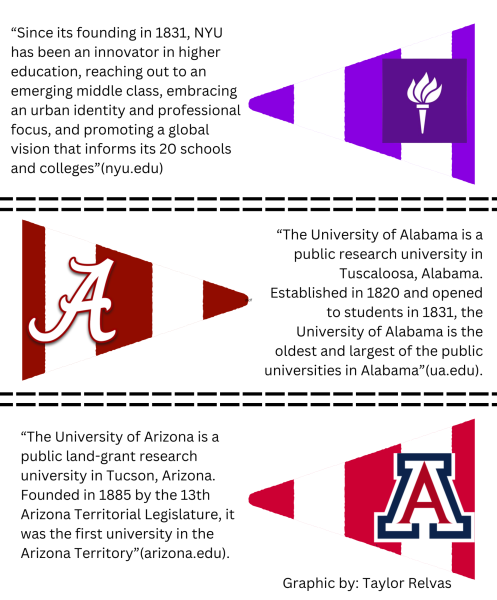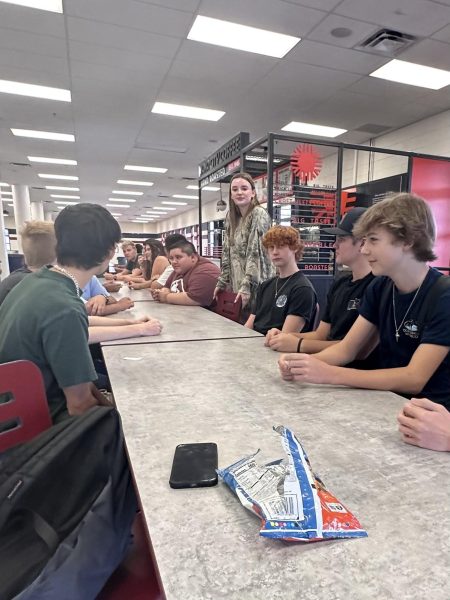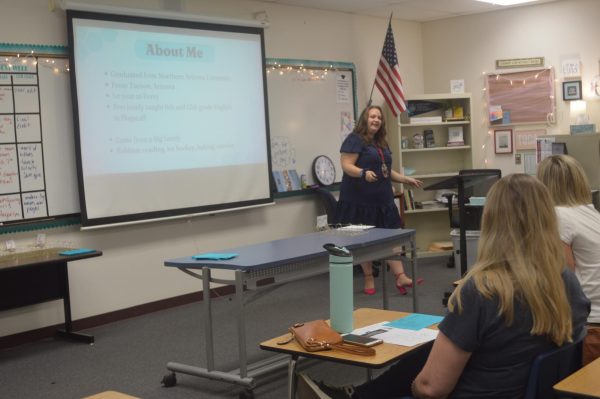16 Days of Activism addresses gender gap in violence
With new movements being created everyday to acknowledge oppression, has this one gone too far?

Our world has reached a point in which the value of free speech is crucial nowadays. Through countless movements, substantial progression toward a common goal has been on the rise. The thousands upon thousands of voices that have been muted throughout the years are becoming a thing of the past as people are becoming outspoken in hopes to benefit the world.
When handling topics that remain controversial, one thing remains constant: silencing a victim’s story is dangerous.
This is evident in cases of sexual abuse.
Those who do not learn from history are doomed to repeat it, and silencing a victim’s story keeps the victim trapped within a bubble of agony and dissonance from their issue that occurs in our everyday world.
Sexual abuse does not discriminate; it can happen to anyone, anywhere, at any time. So why is an issue this vital carrying an immense amount of stigma?
To resurrect some of these traumatic stories, the United Nations Entity for Gender Equality and the Empowerment of Women, has created a movement entitled 16 Days of Activism against Gender-Based Violence.
It began on Nov. 25, which is the International Day for the Elimination of Violence against Women, and ends on Dec. 10, which marks Humans Rights Day.
Organizations worldwide recognize this movement as a revolution against violence targeted towards women and young girls. This addresses the staggering gender discrepancy when it comes to violent acts committed towards people.
However, by addressing this gender gap, it brings up the controversy that this movement is counterintuitive and undermines the stories of others who may have experienced the same discrimination.
This issue arose when the #MeToo movement kicked off in Oct. 2017; in fact, “4 in 10 say #MeToo movement has gone too far,” according to a study by National Public Radio.
Many thought the rush to judgement, unproven accusations, and ruining of careers due to these bold accusations contributed to this movement being widespread and too powerful.
These concerns are valid. However, these are extremist examples of these movements going too far. With any movement that reaches the public eye, there is going to be a group of extremists who take it too far and reach the media’s attention.
Take this with feminism: the feminist movements aimed to spread and promote equality; however, there emerged an extremist group who did not strive for equality, but rather towards superiority.
However, if we were to eliminate these movements, we would reach the dangerous territory of not voicing a victim’s story, and the lack of spreading awareness could lead to uncertainty and repeat offenses.
“From 1994 to 2010, about 4 in 5 victims of intimate partner violence were female,” reports the National Domestic Violence Hotline.
The statistics do not lie: movements such as these address the blatant gender gap when experiencing these issues, but does not undermine the experiences of others.
This whole movement is centered around giving people a voice. Although it is addressed specifically for women, any day is a day to share your stories and voice your experiences.

Isabel Behrendt is a senior and is a third-year newspaper student and double-truck editor. This year, she will be covering world language. When she is...




